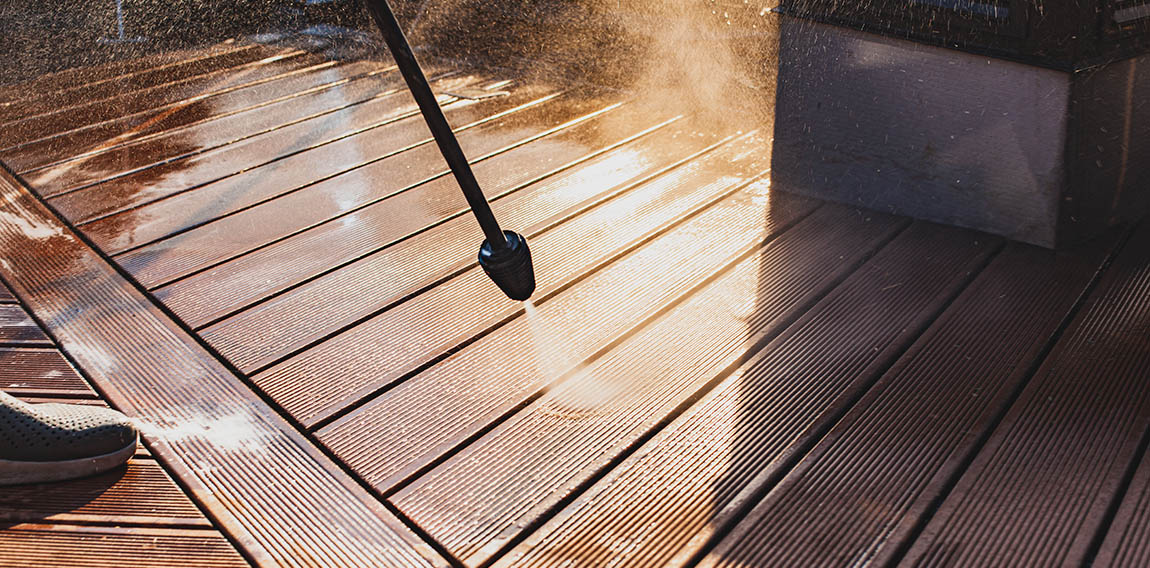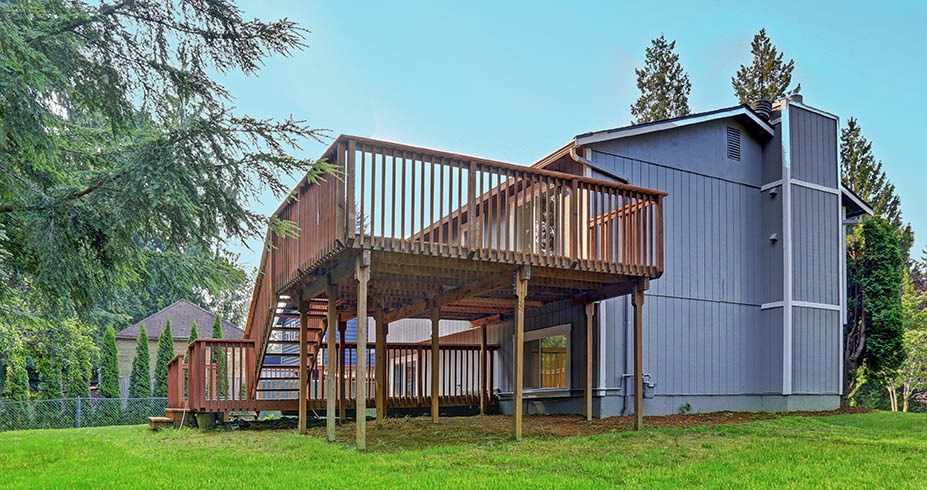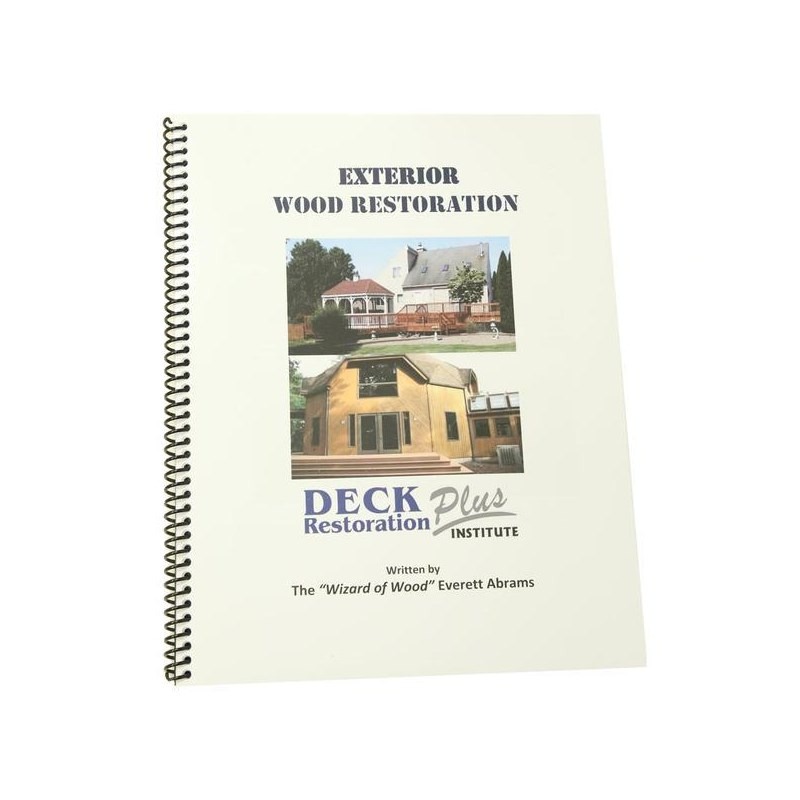Staying Safe While Cleaning and Restoring Wood Decks and Fences

Just like any exterior cleaning job, wood cleaning and restoration comes with its own risks, and safety precautions need to be taken. Here are some of the main things to keep in mind.
Personal Protective Equipment (PPE)
Some of the products that are used in wood restoration can be rather dangerous. Make sure you study the MSDS before you use any new product, then carry the proper first aid equipment with you in your truck (along with the MSDS, which is required by law). If you have employees, educate them on reading the MSDS, and make sure they understand are trained on what to do in case of an accident.
One chemical to be cautious of is oxalic acid, which is the product of choice used in wood brighteners, such as Deck Restoration Plus Wood Brightener. While oxalic acid, a.k.a. "wood bleach," does a fantastic job of bringing the tannins back out in wood, it is toxic and should be stored in a locked space that is out of the reach of children. Users should wear rubber gloves and avoid contact with skin, work in well-ventilated areas, and avoid splashing the solution on plants because it can damage the foliage. Always wash your hands after using before eating or using tobacco products. Store in a locked space that is out of reach of children.
Wood strippers can also be dangerous. Be sure to read the MSDS ahead of time to learn what to do if you or an employee gets wood stripper on your skin, then carry the right supplies. For example, depending on the product, if you get a caustic stripper on your hand, applying vinegar to your skin may stop the corrosive effect. So in this case, you’ll want to be sure to carry vinegar with you on the job.

Slips and Falls
Wet wood is slippery wood, especially when using cleaners. Slips and falls are a fairly common accident in deck cleaning and can be particularly dangerous if you’re up high or on stairs. You and/or your employees need to minimize walking on wood surfaces until they are thoroughly rinsed.
Not rinsing all of the residue off can also cause liability issues with your customers. If you do not get all of the detergent or brightener residue rinsed off, the surface may become slippery again as soon as it rains. (Not rinsing thoroughly can also cause issues with sealers not working correctly.) Make sure to warn your customer to stay off the wood until you’ve completed the job.
Many decks are two-stories and have steep stairs. Even with handrails, it’s not uncommon to lose concentration and misstep and fall to the ground. You may also need to use a ladder for cleaning. We offer a number of safety items to help keep you safe while working from a ladder.
Note: If you are applying sealer while working from a ladder, watch for drips that land on the ladder rungs. These can build up and make them slippery, so take time to regularly clean your ladders to keep them safe.
Electricity:
As with any soft washing or pressure washing job, you want to avoid mixing electricity and water. You may want to cover electrical outlets and switches. You definitely want to avoid spraying those areas. Pay attention as well to overhead electrical wires and be careful not to hit them with your ladder.
Sprayers:
Never store pump-up or mechanical sprayers under pressure. Discard contents or relieve pressure to avoid a potentially dangerous situation.
Rags:
If you leave your used rags in a closed area, they may spontaneously combust and potentially cause a fire. Store your rags in an air-tight container. Never leave rags in a pile in your truck, shop, or garage. Consider using paper shop towels and dispose of them to avoid this danger.
Learn Wood Restoration from the "Wizard" Himself!
You can learn more about cedar shake restoration, along with all things wood, from the "Wizard of Wood" himself in the Deck Restoration Plus (DRP) Exterior Wood Restoration Manual, written by Everett Abrams.
Contents include:
- Species of Wood
- Equipment, Supplies, and Maintenance
- Chemicals
- Identifying Issues & Troubleshooting
- The restoration process
- Coatings
- Pricing/Estimating
- Marketing and Branding
- Safety


